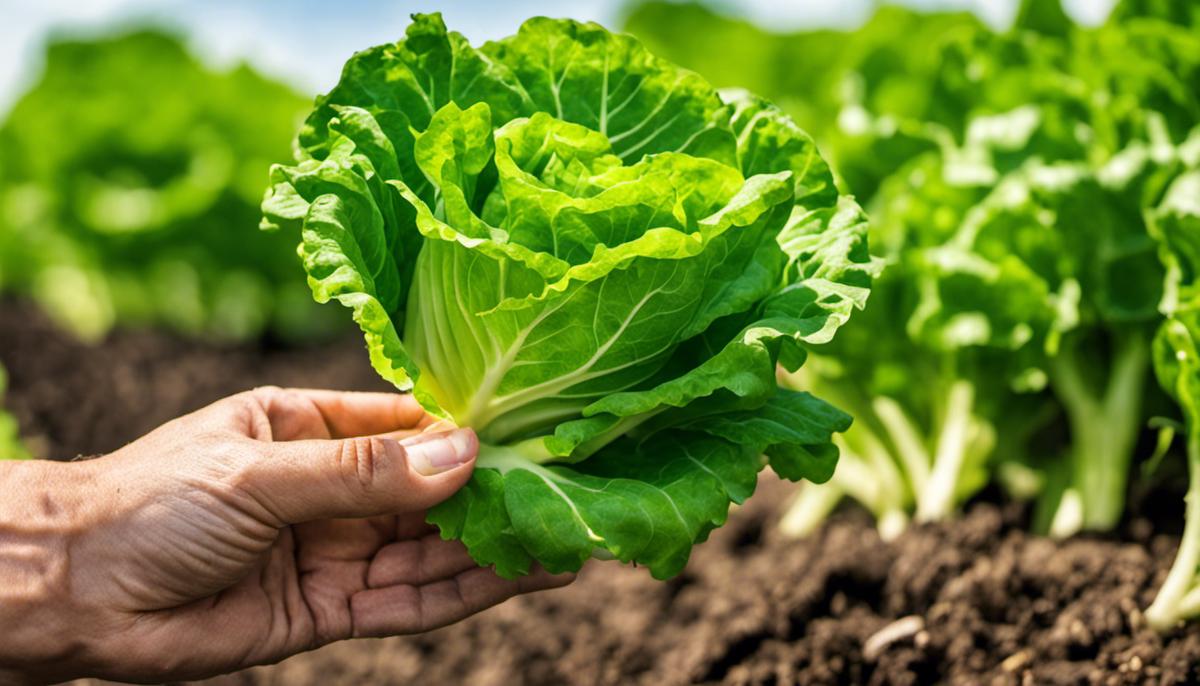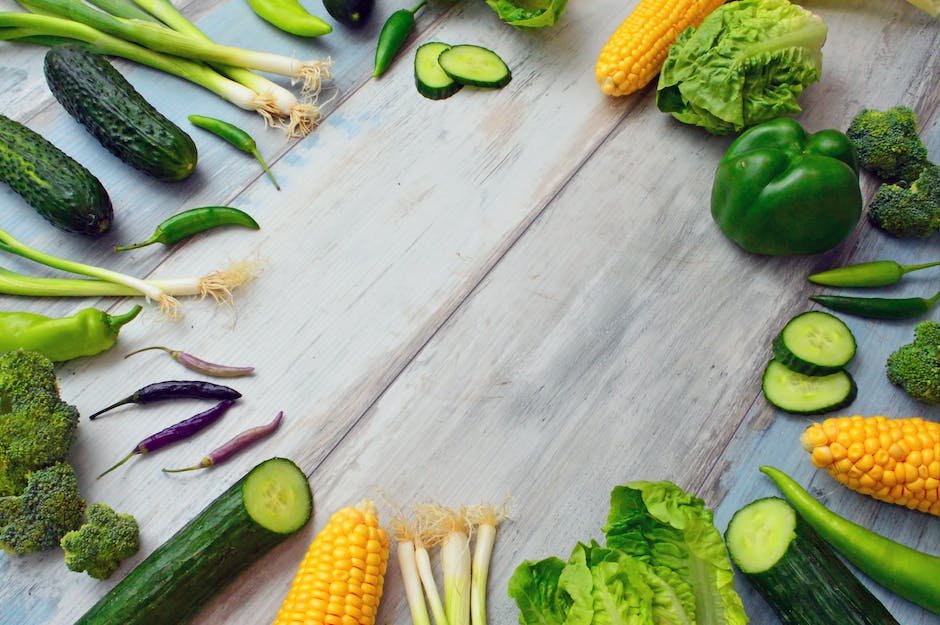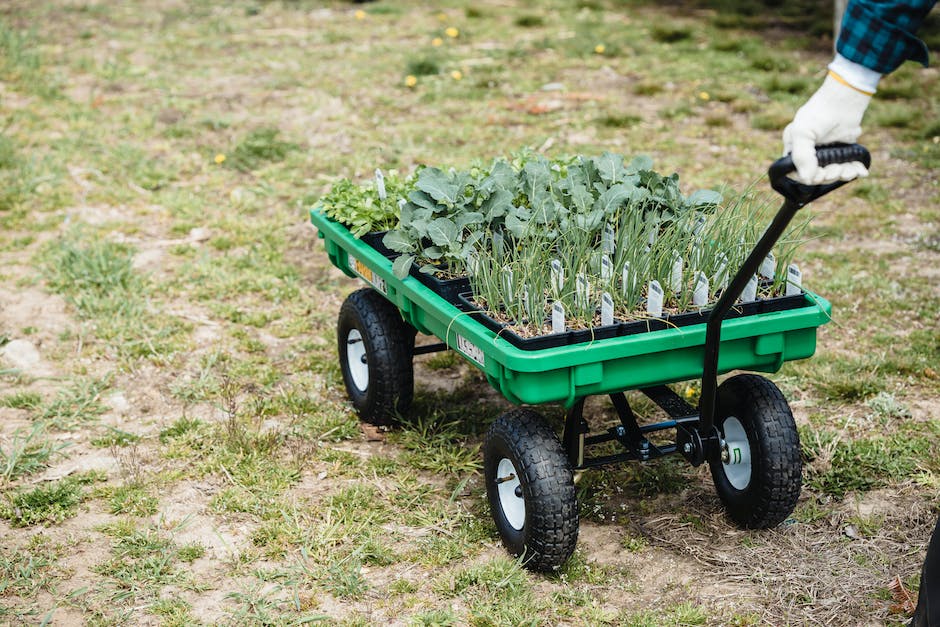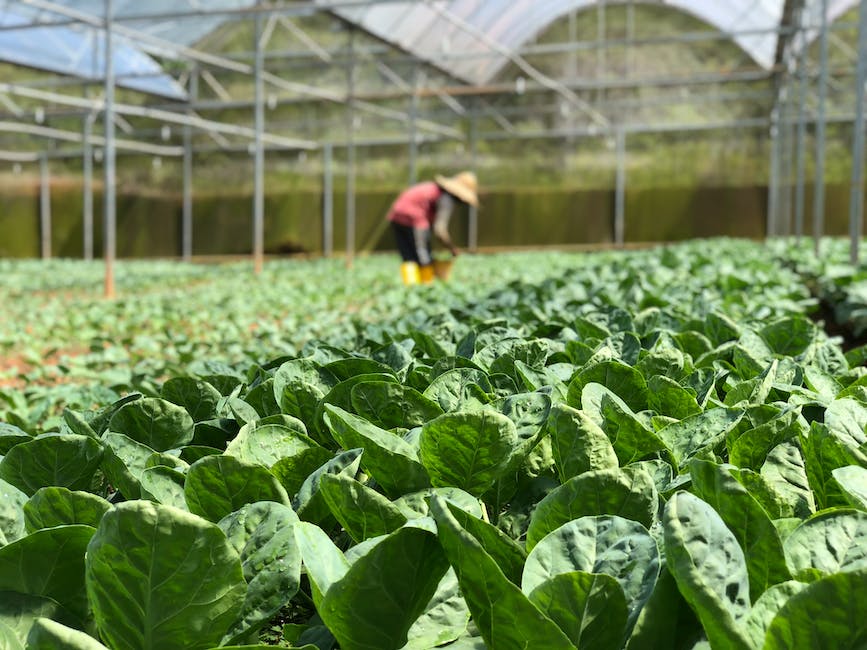Gardening Guide: How to Cut Lettuce from Your Backyard

Growing your own food can be a rewarding and fun experience. Among the various kinds of produce to cultivate at home, lettuce stands out due to its ease of growth, environmental adaptability, and myriad health benefits. However, harvesting this leafy green requires careful attention and knowledge, ensuring you reap the fruits of your labor in the most effective and sustainable manner. This guide delves into three essential aspects of harvesting lettuce from your home garden – identifying harvest time, applying correct cutting techniques, and handling and storing your produce post-harvest.
Identifying Harvest Time
Reaping the Green: The Optimal Time to Harvest Lettuce
Immersing oneself in the gardening world awakens a whole new level of respect for the elements that work together to breathe life into seeds. It’s as if time slows and the rhythm of nature sings a slow crescendo to the tune of growth. One of the most rewarding displays of this natural symphony is the cultivation and subsequent harvest of lettuce.
Garden enthusiasts often ask, “When is the best time to harvest lettuce from the garden?” There’s a certain thrill that comes from plucking the fruits of labor from the earth, but timing is crucial. Lettuce, a renowned salad staple, offers a fresh, green crunch that adds texture and color to meals. But only perfect timing can truly capture its essence. Below are the must-know pointers on when exactly to harvest lettuce.
Initial Signs of Maturity
Generally, leaf lettuce takes roughly 30 to 45 days from planting to reach maturity, while head lettuce varieties like iceberg and romaine usually take a slightly longer time, approximately 60 to 90 days. However, the actual time can fluctuate depending on the specific lettuce variant and the growing conditions. These time markers are essential to keep in mind when anticipating harvest time.
Physical Appearance
Understanding the physical growth patterns of lettuce can offer valuable hints about its readiness to be harvested. Leaf lettuce varieties are ready to harvest once they have produced numerous leaves and have attained a height of about 4 to 6 inches. For head lettuces, they should be dense and firm to touch when they’re ready to be picked.
Time of Day
The optimum time of day to harvest lettuce is one that often takes many gardening enthusiasts by surprise. Believe it or not, the ideal harvest time is early in the morning, just after the dew has dried. This is when the water content in the leaves is the highest, ensuring that the harvested lettuce stays fresh for longer. Later in the day, under the hot sun, lettuce tends to wilt, compromising its taste and texture.
Staggered Harvesting
An exciting fact about lettuce is its unique ability to be enjoyed continually via staggered harvesting, particularly suitable for leaf lettuces. Harvesting outer leaves first while allowing the center to continue growing gives the opportunity for multiple harvests from the same plant.
Final Note
The joy of harvesting lettuce, or any plant for that matter, lies in appreciating the symbiosis in nature. It’s like stealing a moment caught between time and growth, about understanding the delicate nuances of nature’s rhythm and adapting to it rather than forcing it to adapt to us.
Remember that lettuce is a cool-weather crop, and will start to bolt as soon as the weather gets too hot. Once bolting starts, the leaves usually become bitter, and the plant’s energy is focused on producing seeds rather than tasty leaves. By observing nature and tapping into gardening wisdom gained over time, the garden will provide generously, offering the freshest, most vibrant lettuce leaves for the table.

Proper Harvesting Technique
Securing Fresh Salad Greens: Cutting Lettuce the Right Way
Devoting time, effort, and love to your garden is an incredibly rewarding pursuit, especially when it bears the fruit—or in this case, leaves—of your labor! When it comes to leafy greens like lettuce, knowing how to correctly gather your greens is crucial. Doing it wrong could potentially harm the plant, hindering its ability to grow back for your future salads. Fear not, fellow growers, as these simple steps will guide you in cutting lettuce, keeping the plant safe for continuous yields of crisp, fresh leaves!
Step 1: Pick the Right Tools
Using the proper tools to harvest lettuce is essential. A clean, sharp knife or scissors will ensure that the cuts are clean, minimizing damage to the plant and reducing the risk of disease transmission. Remember to always clean your tools before and after use to maintain their life span and hygiene.
Step 2: Prepare the Lettuce
Before starting the process, remember to thoroughly water your lettuce plants. This not only helps to clean the leaves but also makes them crispier for your salad. Plus, moisture helps to seal off the cut ends, retaining freshness in the remaining plant.
Step 3: The Cutting Technique
Cut the leaves of the lettuce about 1 inch above the crown. This provides the best chance for the lettuce to regrow quickly. Remember, we are not uprooting the plant; instead, we are giving it a ‘haircut’. The goal is to leave enough plant material for it to recover and continue to produce leaves.
Step 4: Choose Wisely
The outer, older leaves are the first ones you should remove. They are usually larger and more mature. Cutting these leaves gives the inner, younger leaves an opportunity to grow and mature. Never cut off more than a third of the plant at any one time – too much stress can harm its productivity.
Step 5: Regular Maintenance
Keeping the area around your lettuce plants free of debris and fallen leaves is crucial in preventing fungal and pest problems. This maintenance not only keeps your lettuce healthy but also encourages regrowth after each harvest.
Final Step: Enjoy Your Greens
Once you’ve completed the harvest, give your lettuce a good rinse and prepare it as you wish: from fresh salads, wraps, to even grilled lettuce for the adventurous. Your own garden-grown lettuce is surely a cut above!
In this splendid hobby that is gardening, the key to a good harvest is not only about watering and patiently waiting for the greens to grow. It’s about knowing when and how to harvest them for a continual yield. Remember, every cut can be a new beginning for your lettuce, giving an endless supply of fresh, crunchy leaves for your culinary delights. So grab those gardening gloves, because the gourmet greenery awaits!

Post-Harvest Handling and Storage
Once you’ve honed your knowledge of timing and methodology in harvesting your lush, homegrown lettuce, it’s equally significant to adapt to proficient procedures of handling and storing your fresh produce. Proper handling can greatly extend the shelf life of your valuable greens, while preserving their crisp texture and vibrant flavor.
As soon as you’ve finished harvesting, immerse the lettuce leaves in a basin of cold water. This helps remove the dirt or small bugs that may have settled on the leaves. Swirl the lettuce gently, allowing the dirt to sink to the bottom. This operation might need to be repeated several times to fully clean your lettuce.
After a thorough rinse, it’s time to spin-dry your lettuce leaves. While a dedicated salad spinner is an incredibly helpful tool, you can also lay out the lettuce on clean kitchen towels or paper towels and gently pat them dry. It’s essential to ensure the leaves are fully dry before storage as water droplets can accelerate spoilage.
Now let’s talk about storing your garden-fresh lettuce. A common misconception is piling your lettuce leaves in a plastic bag and tossing them into the crisper drawer. This method can lead to premature wilting and, eventually, decay. Instead, we recommend loosely wrapping your dry lettuce in a damp – not wet – tea towel or paper towels. This ensures the leaves maintain their much-loved crispness while keeping them hydrated. Now, place this bundled joy into a perforated, reusable plastic bag or a container with some ventilation – an environment that will balance moisture control and air circulation.
To maximize storage longevity, place the container in the high humidity section of your refrigerator, ideally at a temperature around 36 to 40 degrees Fahrenheit. Lettuce is sensitive to ethylene gas which is emitted by several fruits like apples, bananas, and pears, causing it to decay faster. Hence, it’s wise to store your lettuce away from these fruits.
Following these steps can help extend the life of your freshly harvested lettuce for about one to two weeks. However, remember that the sooner you use it, the better it will taste. Try to incorporate it into your meals as often as possible to relish its optimal flavor and nutritional benefits. Regular use will also encourage you to keep up with your staggered harvesting plan, integrating your appreciation for gardening more subtly into your everyday life. It’s a rewarding cycle that validates the time and care you invest in your beloved hobby. In the grande scheme, it’s not just about growing lettuce, it’s about cultivating a lifestyle. So, keep those green thumbs up high and embrace the love of homegrown food.

By the thorough understanding of when to harvest your lettuce, how to properly cut it, and the suitable storing methods, the maximum benefits from your home-grown lettuce can be achieved. The satisfaction derived from savoring greens, grown with your own hands, while maintaining its freshness is immeasurable. Therefore, following these guidelines not only yields a delicious and fresh crop, but also contributes to self-sustainability, reducing reliance on store-bought produce. With knowledge and practice, you are well on your way to becoming an expert lettuce harvester, right in your own backyard.



